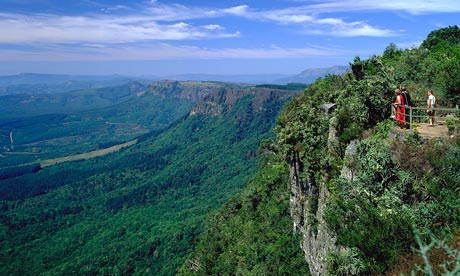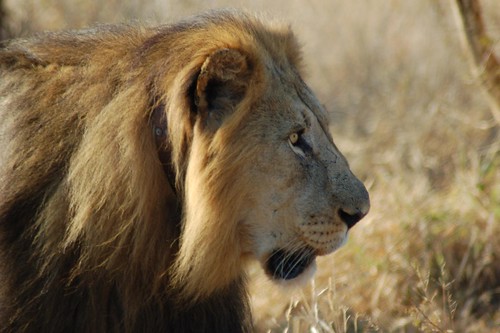From the floral explosions that sweep across the Cape on South Africa’s western landscapes, to the majesty of the Drakensberg Mountains that soar along the eastern escarpment, the Rainbow Nation is blessed with natural and cultural beauty.
A World Heritage Site is a place – be it natural like a desert or a coral reef, or man-made like an ancient burial tome or an exquisitely built cathedral – that is recognised by UNESCO (United Nation’s Educational Scientific and Cultural Organisation) as having great heritage. “Heritage is our legacy from the past, what we live with today, and what we pass on to future generations. Our cultural and natural heritage is both irreplaceable sources of life and inspiration.”
As at 2010, South Africa is home to eight World Heritage Sites, and a further 12 have been nominated and are in the process of being reviewed against ten selection criteria, two of which include ‘representing a masterpiece of human creative genius’ for a cultural site and ‘containing superlative natural phenomena or areas of exceptional natural beauty and aesthetic importance’ for a natural site.
Once a place is designated a World Heritage Site, both the host country and UNESCO commit to preserving and protecting it for future generations to enjoy. South Africa’s eight World Heritage Sites are...
Vredefort Dome
When viewed from space, you’ll see the unmistakable circular features of a 190km-wide impact crater made by an asteroid 2.023 million years ago. Not only is it the largest crater on the planet, it is also the oldest! Well-preserved although eroded by the years, the Vredefort Dome has helped scientists understand the geological history of the Earth. It is located in the North West and Free State provinces, and approximately 120km from Johannesburg.
Sterkfontein, Swartkrans, Kromdraai, and Environs
Fossils have been discovered at all these sites, including the famous Taung Skull (Australopithecus Africanus) and the archaeological caves of Makapan Valley where humans lived 3.3 million years ago. There is also evidence of the domestication of fire 1.8 million to 1 million years ago. More recently, another fossil was discovered in the Cradle of Humankind by then nine-year-old Matthew Berger and his father, Professor Lee Berger. This juvenile hominid skeleton (Australopithecus Sediba) has been described as the ‘missing link’ in what we understand about human evolution, and has been named ‘Karabo’ which means ‘answer’ in local language Setswana.
Robben Island
UNESCO says, “Robben Island and its prison buildings symbolise the triumph of the human spirit, of freedom, and of democracy over oppression.” Now a major tourist attraction, some of Robben Island’s most famous inmates when the facility was still running include former state president Nelson Mandela, Walter Sisulu, Govan Mbeki, Steve Tshwete, Jacob Zuma and Tokyo Sexwale.
iSimangaliso Wetland Park
On the tropical coastline of Kwa-Zulu Natal, iSimangaliso (which means ‘miracle’ and ‘wonder’) is home to a rich ecosystem that is made up of sandy dunes and coral reefs, three large lakes and swamp lands, as well as many species of flora and fauna, including 526 species of birds. It has the distinction of being named South Africa’s first World Heritage site and is a natural wonder.
uKhahlamba Drakensberg Park
Not only is the park a place of extraordinary beauty, it is also home to the most rock paintings made over a period of 4000 years ago by the San people, which showcased the spiritual life of these ancient tribes.
Mapungubwe Cultural Landscape
Far in the north of South Africa, you’ll find the sites of palaces and settlements – all that remains of what was the largest tribal kingdom of the country in the 14th century.
Cape Floral Region
Explore the rich flowers and plant life of this region in the Eastern and Western Cape and you’ll find over 20% of Africa’s flora, including the ‘fynbos’ which is a type of vegetation that can be found nowhere else in the world.
Richtersveld Cultural and Botanical Landscape
The Richtersveld is home to the Nama people, who still live in portable homes made of rush mats, are semi-nomadic and communally own and manage this beautiful mountain desert landscape.



No comments:
Post a Comment